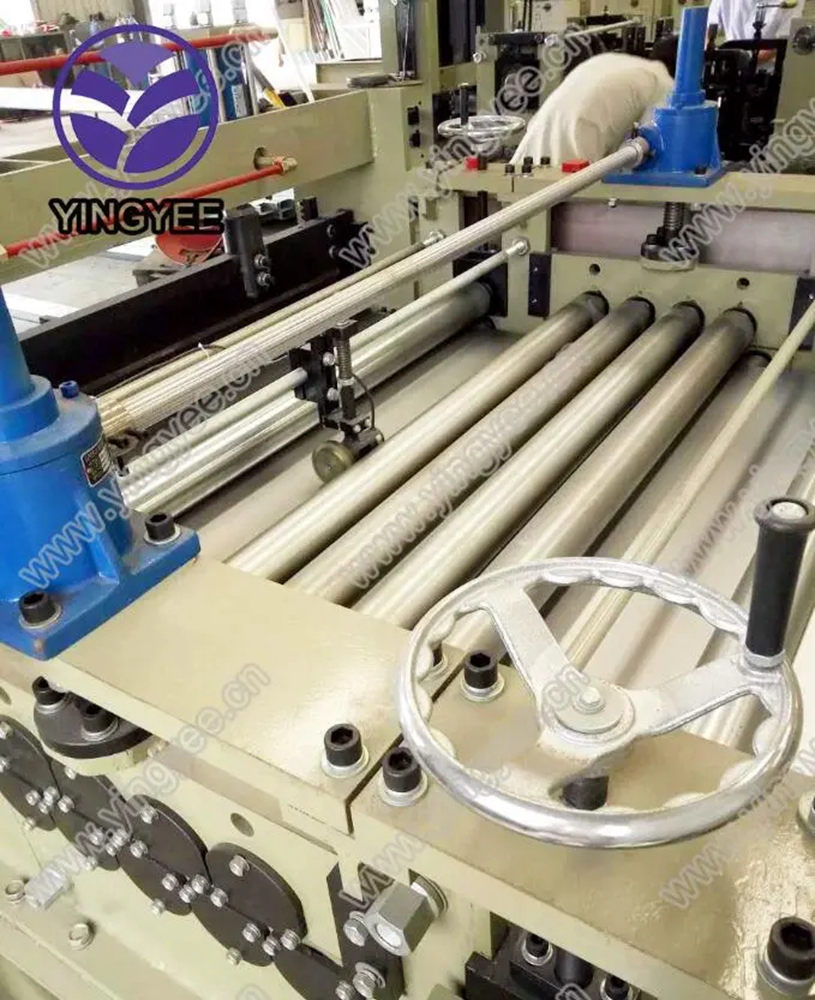
The CZ Purlin Forming Machine Revolutionizing Construction
In the modern construction industry, efficiency, durability, and cost-effectiveness have become paramount. One of the vital components facilitating these demands is the CZ purlin forming machine. This invention has transformed how metal purlins are produced, thereby significantly enhancing structural integrity and optimizing construction processes.
Understanding CZ Purlins
Purlins are horizontal supports for roofs or walls and play a crucial role in maintaining the structural framework of buildings. They are typically made from cold-formed steel and come in various shapes, with the 'C' and 'Z' profiles being among the most common. These profiles are instrumental in providing superior strength-to-weight ratios, making them ideal for use in commercial and industrial buildings, including warehouses, factories, and even residential structures.
The ability to produce C and Z-shaped purlins simultaneously is one of the defining features of the CZ purlin forming machine. This dual capability allows manufacturers to respond swiftly to the varying needs of construction projects, providing tailored solutions to clients seeking specific material shapes and sizes.
The Functionality of the CZ Purlin Forming Machine
The CZ purlin forming machine operates through several precise stages, beginning with the feeding of raw steel coils. The machine is equipped with advanced technology to accurately cut, shape, and form the steel into the desired profiles. The process involves roll forming, where the metal is passed through a series of progressively shaped rollers that bend it into its final form. This method not only speeds up production but also maintains high levels of consistency and precision in the final product.
Additionally, these machines can include features such as automatic size adjustment, computer numerical control (CNC), and programmable logic controllers (PLC). Such advanced technology allows operators to customize specifications easily, switch between different profiles, and adjust dimensions without the need for extensive manual intervention. Thus, production downtime is minimized, and adaptability is maximized.

Advantages of Using CZ Purlin Forming Machines
1. Cost-Effectiveness By producing purlins on-demand, construction companies can save significantly on material costs. There’s no need to maintain large inventories, as manufacturers can produce purlins in precise quantities required for each project.
2. High Strength and Durability Cold-formed steel is known for its resistance to warping and cracking, ensuring that structures remain stable over time. This durability contributes to lower maintenance costs and a longer lifespan for buildings.
3. Reduced Labor and Time The automated processes within the CZ purlin forming machine significantly reduce labor requirements. Fewer workers are needed on-site for purlin fabrication, allowing teams to focus on other critical aspects of construction.
4. Flexibility in Design The customization options offered by these machines enable architects and engineers to explore innovative designs that may have been difficult or costly to achieve with traditional methods. This flexibility can result in more aesthetically pleasing and functionally superior structures.
5. Eco-Friendly Solution The ability to effectively utilize materials and produce only what is needed reduces waste. Additionally, cold-formed steel is recyclable, aligning with the growing demand for sustainable construction practices.
Conclusion
The CZ purlin forming machine is an indispensable tool in the modern construction landscape. It streamlines the purlin production process while offering various advantages that cater to the evolving demands of builders and architects alike. As the construction industry continues to embrace technological advancements, the CZ purlin forming machine stands out as a symbol of durability, efficiency, and innovation, paving the way for a new era in structural design and building integrity. This technology not only enhances productivity but also contributes to safer and more sustainable construction practices, making it a valuable investment for companies looking to remain competitive in a rapidly changing market.